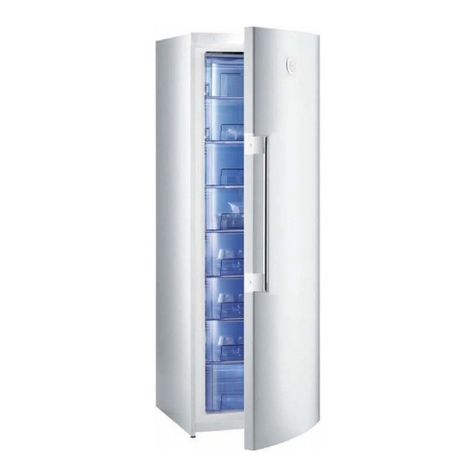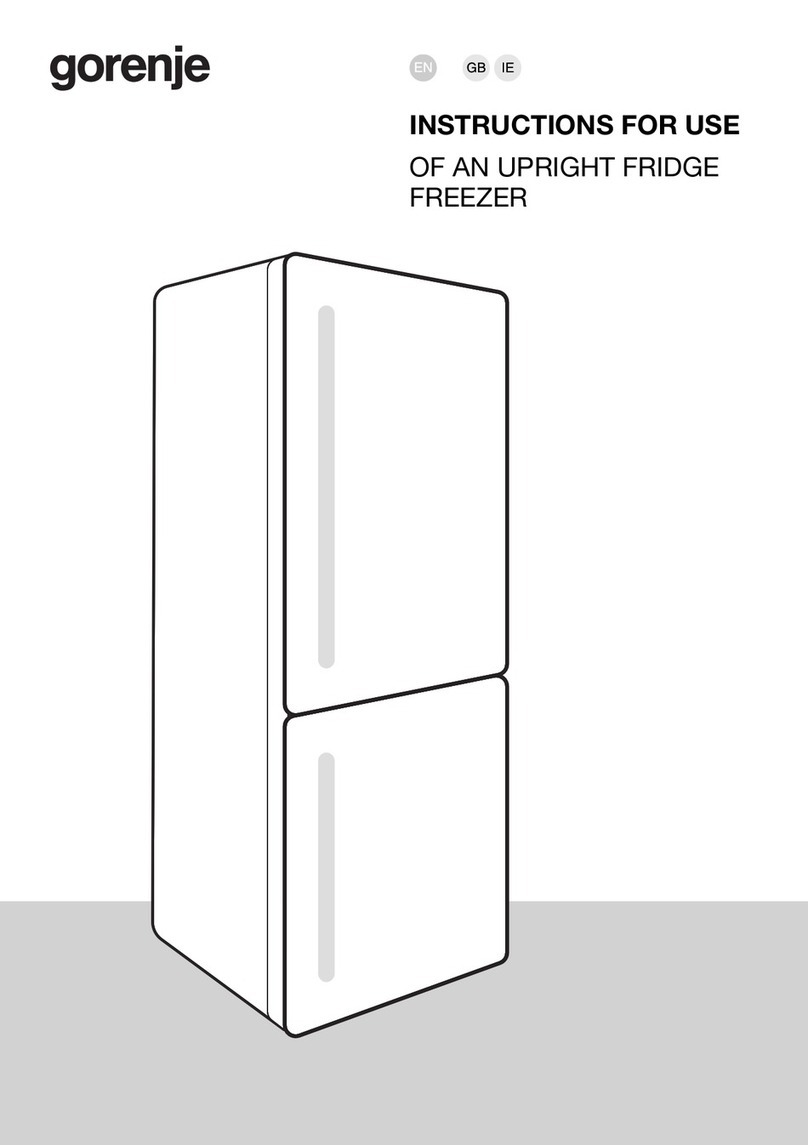Gorenje FH15FPW Technical manual
Other Gorenje Freezer manuals
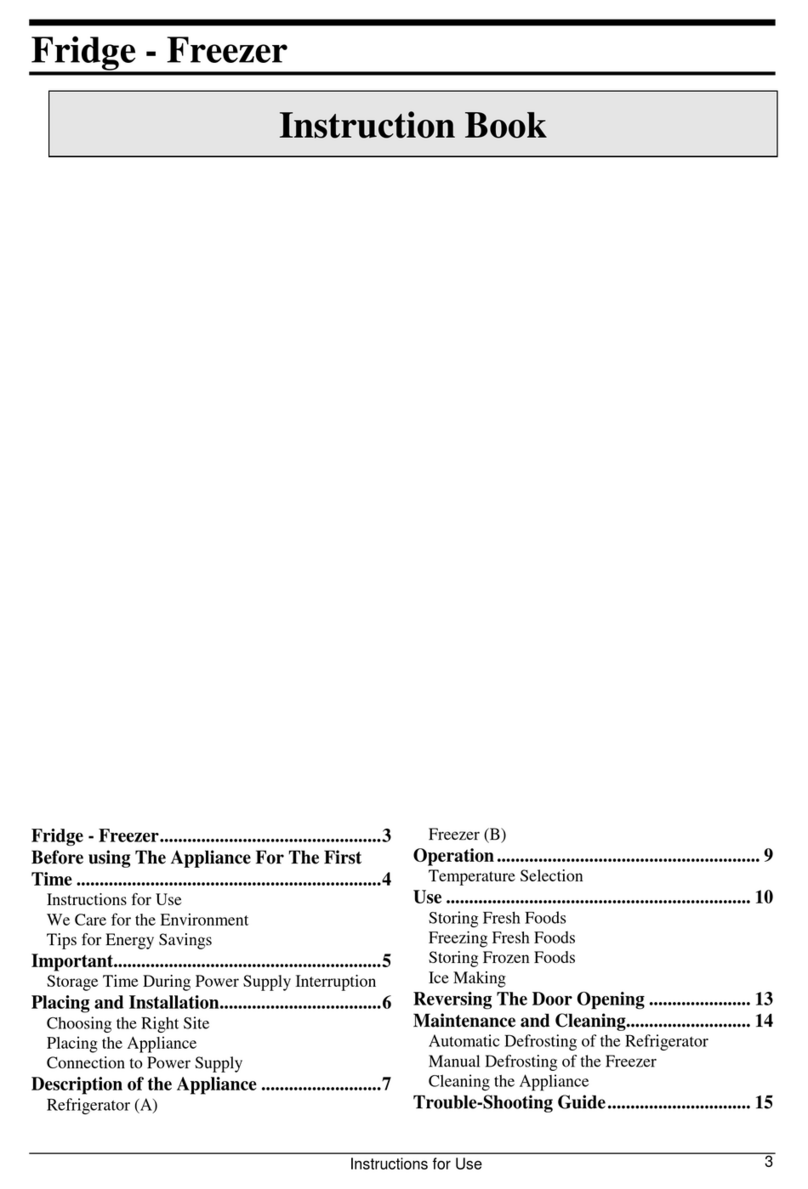
Gorenje
Gorenje RK 4256 E User manual

Gorenje
Gorenje FH130W User manual

Gorenje
Gorenje FH401IW User manual
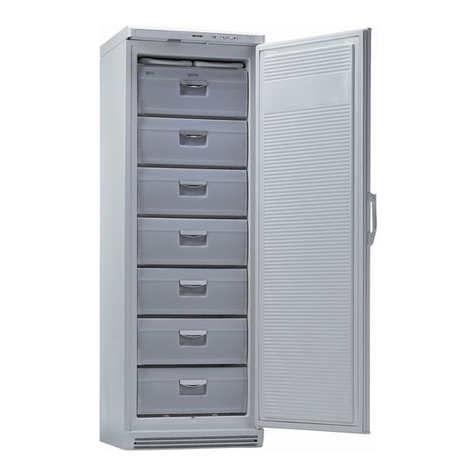
Gorenje
Gorenje F 317 B User manual
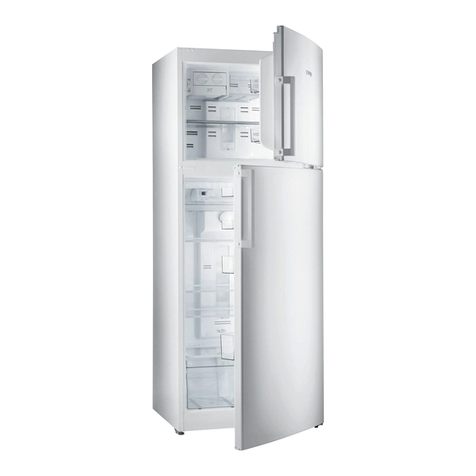
Gorenje
Gorenje NRF7180AW User manual
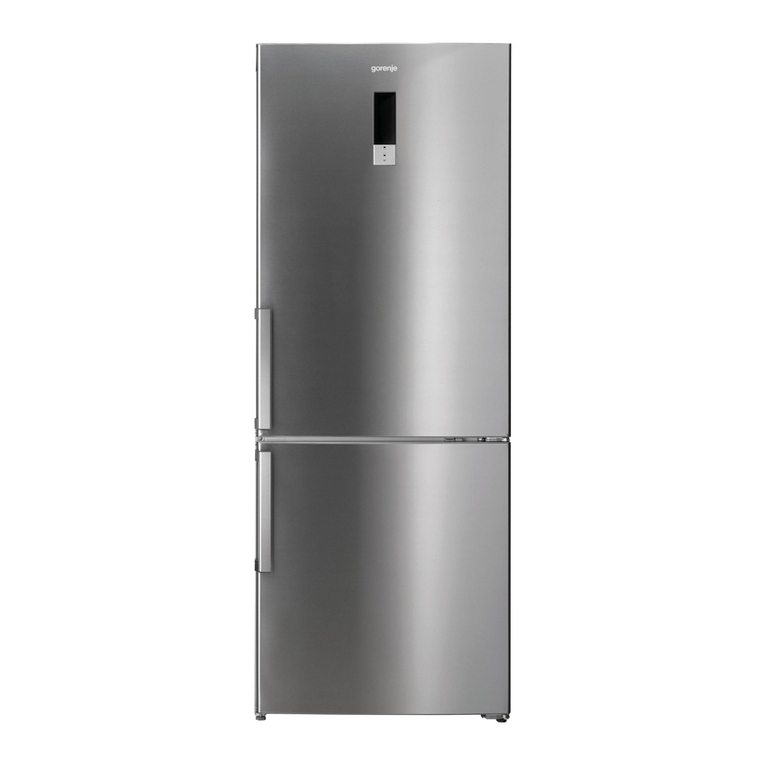
Gorenje
Gorenje NRK7191TX User manual
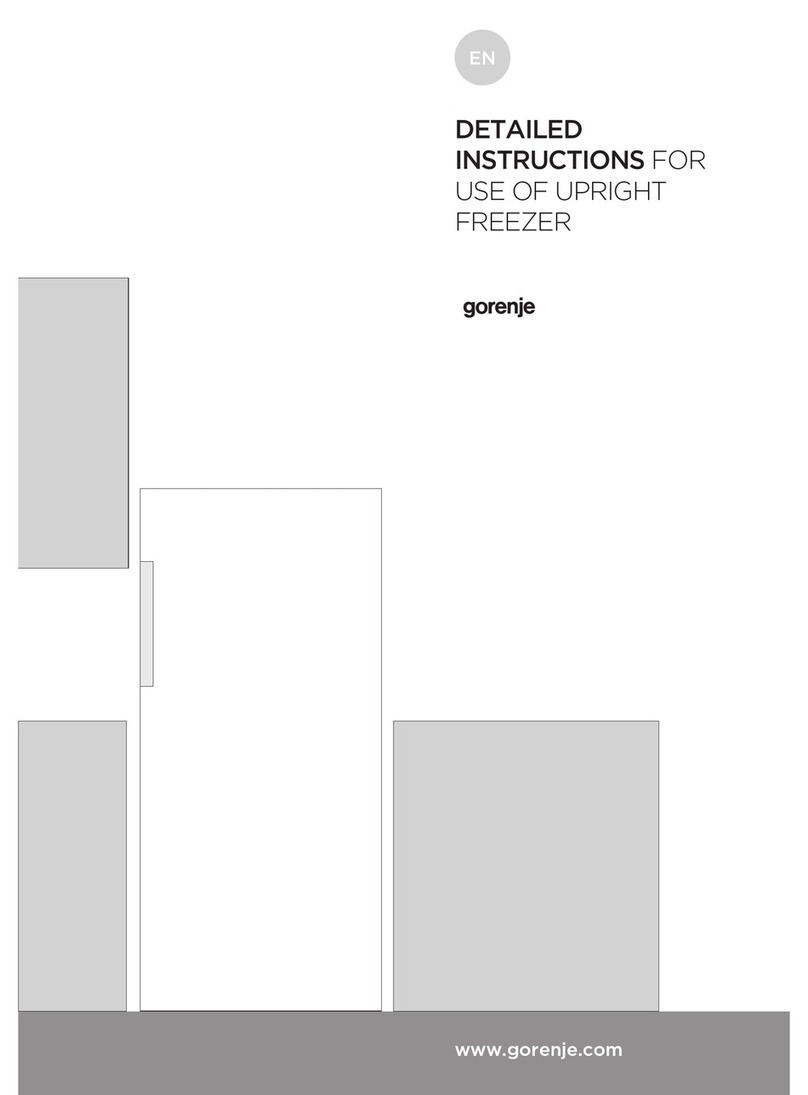
Gorenje
Gorenje COMBI FS-600 User manual
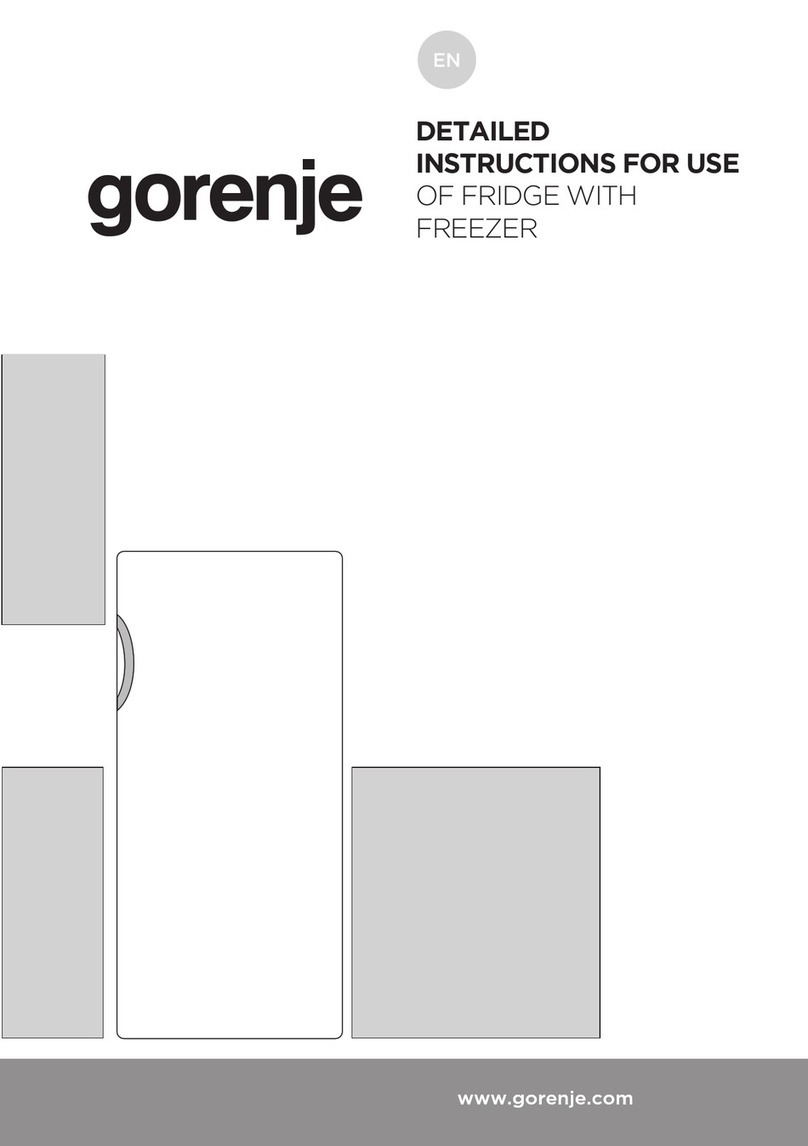
Gorenje
Gorenje RB4122ANW Technical manual
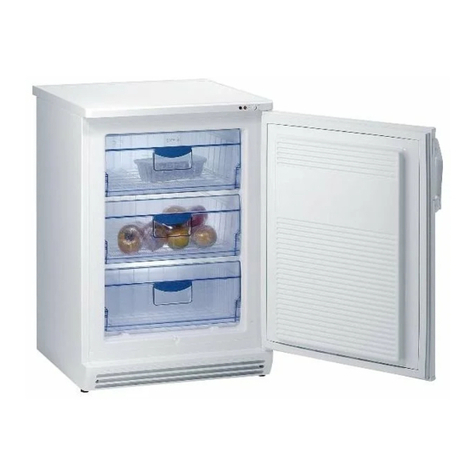
Gorenje
Gorenje F 6101 W User manual

Gorenje
Gorenje F 247 CB User manual
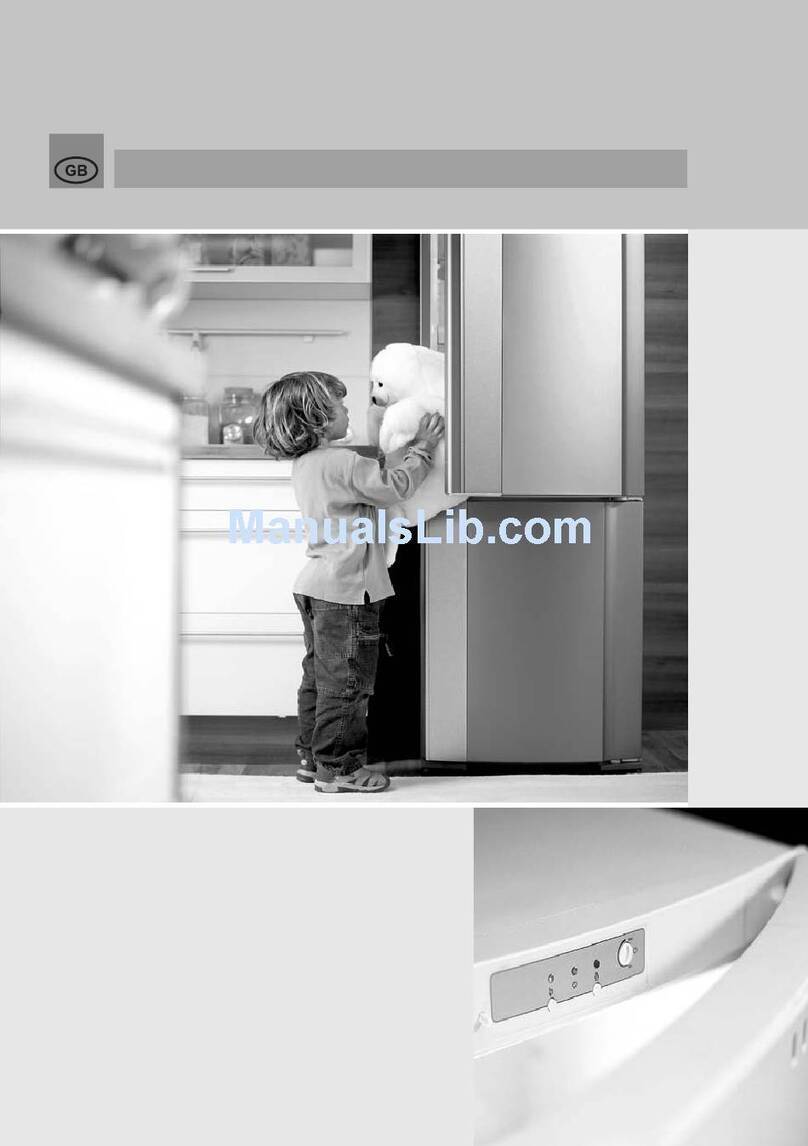
Gorenje
Gorenje UKM235XNF User manual
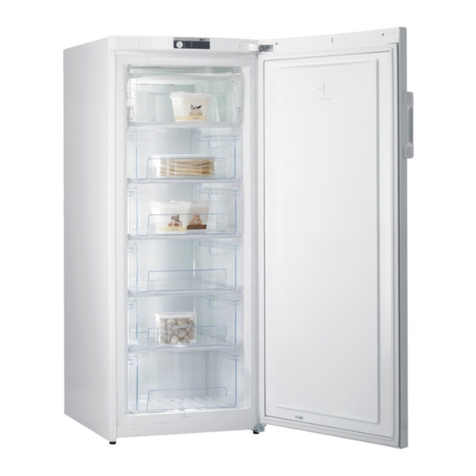
Gorenje
Gorenje ZOS2467 User manual
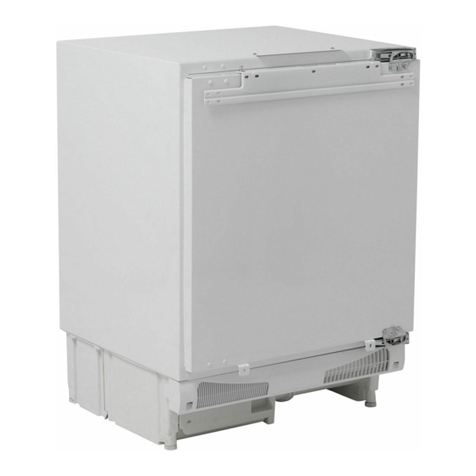
Gorenje
Gorenje RIU6092AW User manual

Gorenje
Gorenje FH 13400 W User manual

Gorenje
Gorenje FH40BW User manual

Gorenje
Gorenje F 60300 DW User manual

Gorenje
Gorenje FIU6091AW User manual
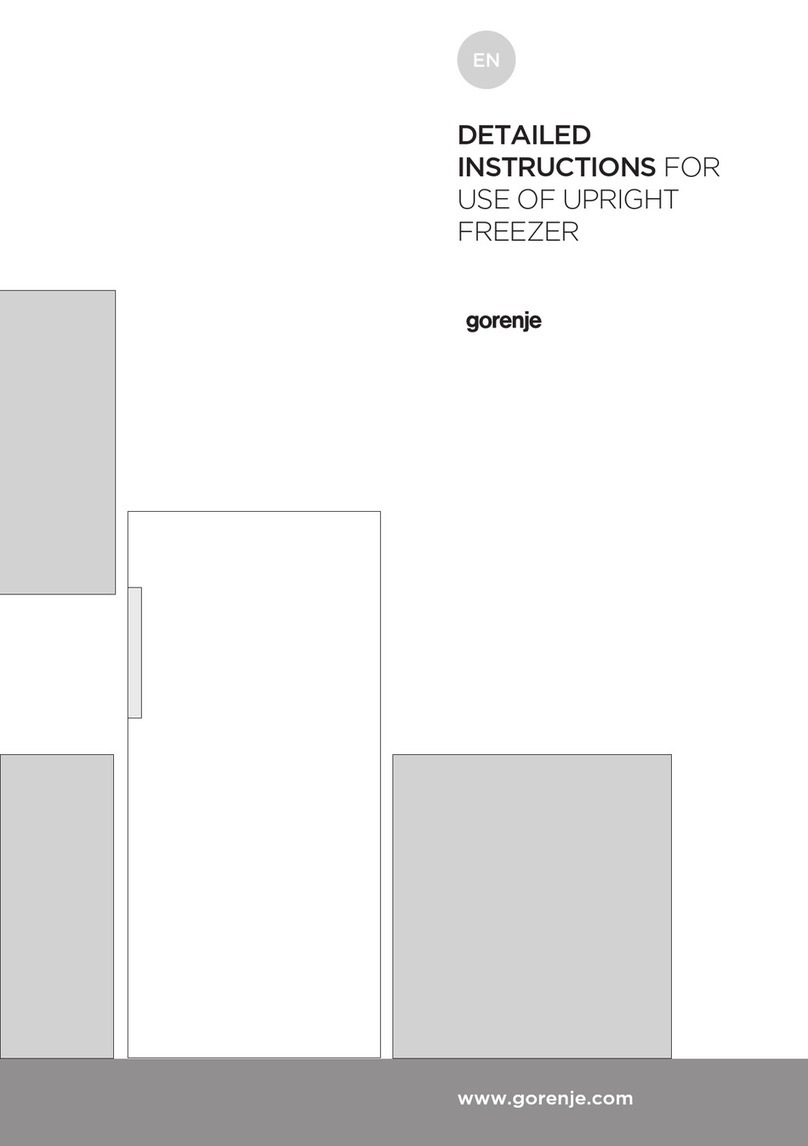
Gorenje
Gorenje FN6191DHW Operating and maintenance manual

Gorenje
Gorenje F4142PW User manual

Gorenje
Gorenje F4092ANW User manual
